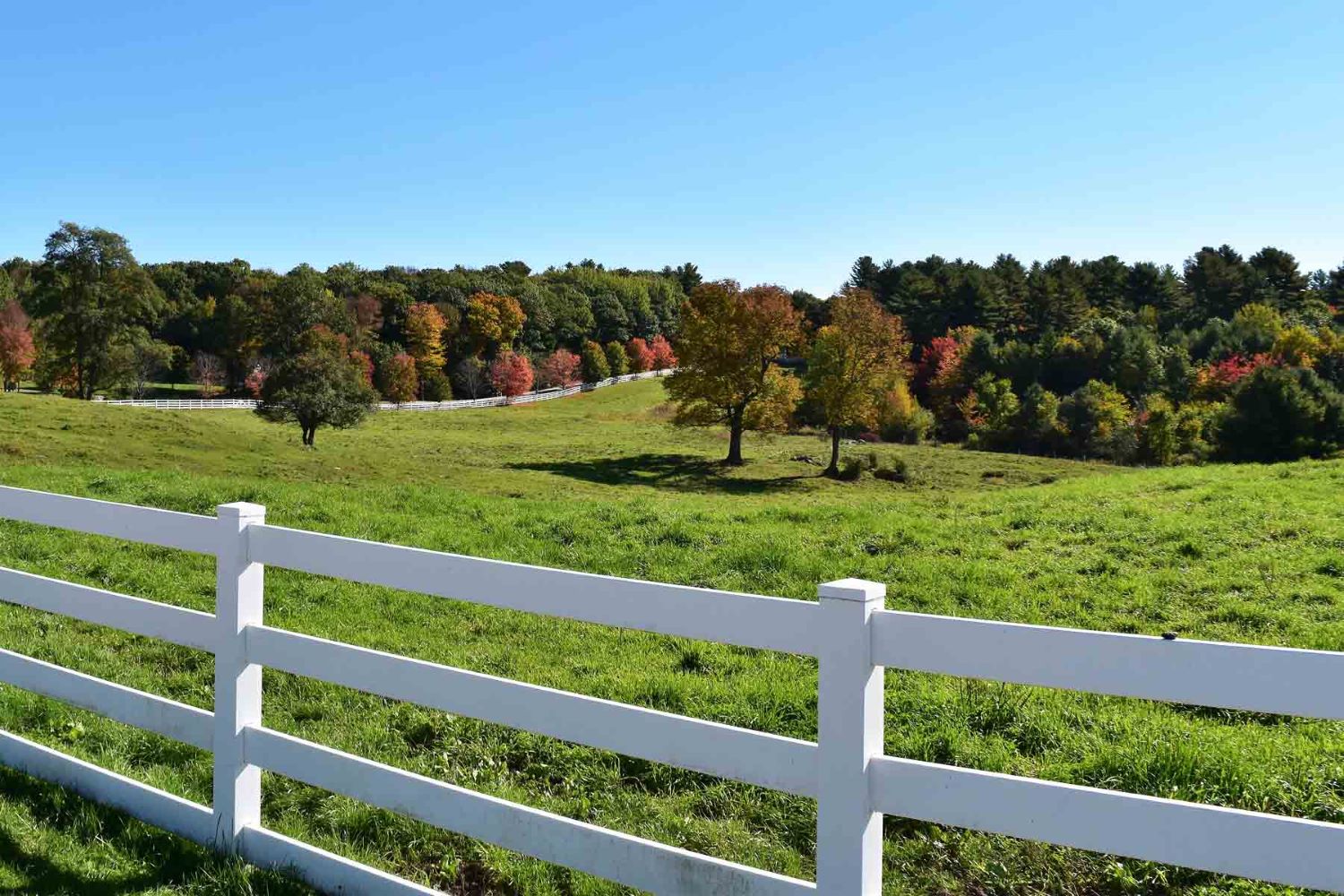

Articles
How Much Is It To Fence An Acre
Modified: December 7, 2023
Looking for articles on how much it costs to fence an acre? Discover the average prices and factors to consider for your fencing project.
(Many of the links in this article redirect to a specific reviewed product. Your purchase of these products through affiliate links helps to generate commission for Storables.com, at no extra cost. Learn more)
Introduction
When it comes to fencing your property, one of the key factors to consider is the cost. Whether you are looking to enclose a small backyard or fence in an entire acre, it’s essential to have an idea of how much you can expect to spend. The cost of fencing an acre can vary significantly depending on various factors, including the type of fencing materials used, the terrain of your land, and any additional expenses that may arise during the installation process.
Fencing provides a myriad of benefits, such as privacy, security, and aesthetic appeal. It can help keep unwanted animals out of your property, create a safe space for children and pets, and add value to your home. However, before diving into the project, it’s crucial to have a clear understanding of the key factors that can influence the cost of fencing an acre.
In this article, we will explore the different factors that can affect fence costs, the various types of fencing materials available, and the average cost of fencing an acre. Additionally, we will discuss any additional expenses that you may need to consider before embarking on your fencing project.
By the end of this article, you will have a comprehensive understanding of the costs involved in fencing an acre, enabling you to make an informed decision and plan your budget accordingly. Let’s dig in!
Key Takeaways:
- Fencing an acre involves various factors such as material, terrain, and permits, influencing costs. Understanding these factors helps in making informed decisions and planning a budget for the project.
- Choosing the right fencing material is crucial, considering factors like cost, maintenance, and aesthetics. Consulting professionals and obtaining multiple quotes ensures an accurate estimation tailored to specific needs.
Read more: How Much To Fence In 1/2 Acre
Factors Affecting Fence Costs
When determining the cost of fencing an acre, several factors come into play. Understanding these factors will not only help you estimate the expenses accurately but also make informed decisions about the type of fencing that suits your needs and budget. Here are the key factors that can affect fence costs:
- Fencing Material: The type of material you choose for your fence has a significant impact on the overall cost. Common fencing materials include wood, vinyl, chain link, aluminum, and wrought iron. Each material varies in terms of cost, durability, maintenance requirements, and aesthetics.
- Fence Height and Length: The height and length of the fence play a role in determining the overall cost. Taller fences typically require more materials, which can increase expenses. Similarly, longer fences will require more materials and labor for installation.
- Terrain: The characteristics of your land can influence the cost of fencing. If your property has uneven terrain or slopes, it may require additional work, such as grading or leveling, to accommodate the fence. This extra labor can add to the overall cost.
- Access to the Site: The accessibility of your property can impact the cost of installation. If the site is challenging to reach or requires specialized equipment, it can increase labor costs. Additionally, if the area is densely landscaped or has obstacles, it may require extra effort to install the fence.
- Permits and Regulations: Before installing a fence, it’s essential to check local permits and regulations. Some areas have specific guidelines regarding fence height, style, and materials. Obtaining permits and adhering to regulations can add to the overall cost of the project.
- Additional Features: If you require additional features for your fence, such as gates, decorative elements, or security systems, it can increase the overall cost. These extras may require specific materials or specialized installation.
It’s important to keep these factors in mind when estimating the cost of fencing an acre. By considering your specific requirements and evaluating each factor, you can come up with a more accurate budget for your fencing project.
Types of Fencing Materials
Selecting the right fencing material is crucial when it comes to determining the cost, durability, and overall aesthetics of your fence. There are various types of fencing materials available, each with its own set of advantages and considerations. Here are some common types of fencing materials:
- Wood: Wood is a classic and popular choice for fencing. It offers a natural and visually pleasing look, and it can be customized to fit your desired style. However, wood requires regular maintenance, such as staining and sealing, to protect it from the elements.
- Vinyl: Vinyl fencing is a durable and low-maintenance option. It is resistant to rot, fading, and warping, making it a long-lasting choice. Vinyl fences are available in various styles and colors, allowing you to find the right match for your property.
- Chain Link: Chain link fencing is a practical and affordable option. It is made of galvanized steel, which provides durability and security. Chain link fences are commonly used for residential, commercial, and industrial purposes. They are low-maintenance and can be customized with privacy slats or fabric.
- Aluminum: Aluminum fencing combines durability and aesthetics. It is rust-resistant and can withstand various weather conditions. Aluminum fences come in a range of styles and colors, allowing you to achieve a decorative look while maintaining security.
- Wrought Iron: Wrought iron fencing is known for its elegance and strength. It adds a sophisticated touch to any property and provides excellent security. However, wrought iron fences require regular maintenance to prevent rust and deterioration.
Each type of fencing material comes with its own price range, durability, maintenance requirements, and visual appeal. Consider your specific needs, budget, and desired look when choosing the fencing material for your acre. Consulting with a professional can also help you make an informed decision based on your specific requirements and preferences.
Average Cost of Fencing an Acre
Estimating the average cost of fencing an acre can be challenging, as it depends on multiple factors such as the type of fencing material, labor costs, and any additional expenses. However, we can provide a general range to give you an idea of what to expect.
The cost of fencing an acre can vary widely, ranging anywhere from $5,000 to $20,000 or more. This estimate includes the cost of materials, labor, and any necessary permits. Here are some average price ranges based on the type of fencing material:
- Wood Fencing: On average, wood fencing can cost between $10 and $30 per linear foot. For an acre, this can amount to approximately $15,000 to $45,000. Keep in mind that this is just an estimate and can vary depending on factors such as the type of wood and any additional features.
- Vinyl Fencing: Vinyl fencing typically ranges from $20 to $40 per linear foot, making the average cost for an acre fall between $30,000 and $60,000. The actual cost will depend on factors such as the style, height, and any customization options.
- Chain Link Fencing: Chain link fencing is generally more affordable, with an average cost of $8 to $18 per linear foot. For an acre, you can expect to pay around $12,000 to $32,000. The final cost will depend on factors such as the height of the fence and any additional features.
- Aluminum and Wrought Iron Fencing: These types of fencing materials can range from $25 to $60 per linear foot, bringing the cost for an acre to approximately $37,000 to $90,000. The final cost will depend on factors such as the design, height, and any customization options.
It’s important to note that these are average estimates and can vary based on factors such as location, labor costs, and any additional expenses. It is always recommended to obtain multiple quotes from reputable contractors to get a more accurate estimation for your specific project.
Remember that the cost of fencing an acre goes beyond just the materials. Labor costs can also significantly impact the total expense. Factors such as the complexity of the installation, the accessibility of the site, and any additional features can increase the labor costs. Make sure to factor these aspects into your overall budget as well.
Consulting with fencing professionals in your area will provide you with the most accurate estimate tailored to your specific needs and requirements. They can assess your property, discuss your goals, and provide you with an all-inclusive quote for fencing an acre.
The cost to fence an acre will depend on the type of fencing material and labor costs in your area. Research different fencing options and get quotes from local contractors to find the best price.
Additional Expenses Associated with Fencing
When budgeting for fencing an acre, it’s important to consider the additional expenses that may arise during the installation process. While the main cost of materials and labor is a significant factor, there are other costs to keep in mind to ensure an accurate estimation. Here are some additional expenses you may encounter:
- Permits and Regulations: Depending on your location, you may need to obtain permits before installing a fence. Permit costs can vary, so it’s essential to check with your local municipality for any requirements and associated fees.
- Site Preparation: If your land requires any site preparation work, such as clearing vegetation, removing debris, or grading the terrain, these additional tasks will incur costs. The complexity and condition of your site will determine the extent of these expenses.
- Removing Existing Fencing: If you have an existing fence that needs to be removed before installing a new one, there may be a cost associated with its removal. The difficulty of removal and disposal of the old fence materials can impact the expenses.
- Gates and Access: If you require gates for access to your property, there will be an additional cost. Gates can vary in style, size, and materials, so be sure to include them in your budget. Additionally, if you need any specialized access features, such as automatic openers or security systems, these will involve extra expenses.
- Customization and Add-Ons: If you have specific design preferences or want to add decorative elements to your fence, there may be additional costs. Customization options, such as ornamental details or lattice patterns, can increase the overall expenses.
- Maintenance and Repairs: Consider the long-term costs associated with maintaining and repairing your fence. Depending on the material chosen, ongoing maintenance, such as staining, sealing, or replacing damaged parts, may be required. Including these costs in your budget will ensure the longevity of your fence.
It’s crucial to account for these additional expenses when planning your budget for fencing an acre. By considering these factors, you’ll have a more accurate estimation of the total cost and can avoid any surprises or unexpected financial burdens throughout the installation process.
Consulting with fencing professionals and obtaining multiple quotes will help you understand the specific additional costs associated with your project. They can assess your property, discuss your desired features, and provide you with a comprehensive estimate that includes all the necessary expenses.
Read more: How Much Clover Seed Per Acre
Factors to Consider before Installing a Fence
Before embarking on a fencing project for your acre, it’s essential to carefully consider certain factors that can impact your decision-making process. Taking time to evaluate these factors will ensure that you choose the right fence that meets your needs, fits your budget, and complies with any regulations. Here are some important factors to consider:
- Purpose of the Fence: Determine the main purpose of installing a fence on your property. Is it for privacy, security, keeping pets or children safe, enclosing a swimming pool, or simply enhancing the aesthetics? Clarifying the purpose will help you choose the appropriate fencing material and style that aligns with your goals.
- Local Regulations: Check with your local authorities to understand any regulations or restrictions regarding fence height, style, and materials. It’s important to ensure that your planned fence complies with these regulations to avoid any legal issues in the future.
- Budget: Evaluate your budget and determine how much you are willing to spend on the project. Consider not only the upfront costs but also the long-term maintenance expenses associated with the chosen fencing material.
- Property Line and Surveys: Before installing a fence, ensure that you have a clear understanding of your property lines. Hiring a professional surveyor can help determine the exact boundaries. This will prevent any potential disputes with neighbors and ensure that you don’t encroach on their property.
- Style and Aesthetics: Consider the overall style and architecture of your property when choosing a fence. The fence should complement the existing aesthetics and add value to your home. Look for inspiration in magazines, online resources, and the surrounding neighborhood to find a style that suits your taste.
- Maintenance and Longevity: Different fencing materials have varying maintenance requirements and lifespans. Consider the level of maintenance you are willing to undertake and the durability you expect from the fence. Some materials may require regular staining or sealing, while others may be virtually maintenance-free.
- Climate and Environmental Factors: Take into account the climate conditions and environmental factors in your area. Consider how the fence material will withstand wind, rain, extreme temperatures, and humidity. Some materials may be better suited for certain climates than others.
- Neighbors and Shared Responsibilities: If you have neighbors adjacent to your property, discuss the fence installation plans with them. Determine if there are any shared responsibilities or agreements, such as splitting the cost or deciding on shared fence styles.
- Professional Installation: Assess your comfort level and capabilities when it comes to DIY projects. Installing a fence can be a complex task that requires knowledge of tools, techniques, and measurements. If you don’t have the necessary skills, it’s recommended to hire a professional for a seamless and efficient installation.
Considering these factors before installing a fence on your acre will help you make informed decisions and set realistic expectations. Each factor will play a role in determining the type of fence that best suits your needs, budget, and property requirements.
Take your time to research, consult with professionals, and explore different options. By doing so, you can ensure that you choose a fence that enhances the functionality, aesthetics, and value of your property for years to come.
Conclusion
Fencing an acre of land is a significant investment, both financially and aesthetically. Understanding the factors that influence fence costs, the different types of fencing materials available, and the additional expenses associated with installation is crucial to planning and budgeting your project effectively.
Factors such as the choice of fencing material, fence height and length, terrain, accessibility, permits, and customization options all contribute to the overall cost of fencing an acre. Each factor requires careful consideration to ensure that your fencing project meets your needs and aligns with your budget.
There are various types of fencing materials to choose from, including wood, vinyl, chain link, aluminum, and wrought iron. Each material has its own pros and cons in terms of cost, aesthetics, and maintenance requirements. Taking into account your specific requirements, the style of your property, and the expected durability of the fence will help you make an informed decision.
It’s important to remember that the average cost of fencing an acre can vary significantly based on the factors mentioned above and location. Obtaining multiple quotes from reputable fencing professionals will provide you with a more accurate estimation tailored to your unique needs.
Additionally, consider the additional expenses associated with fencing, such as permits, site preparation, removing existing fencing, gates, and customization options. Factoring in these costs will ensure that your budget covers all aspects of the project and avoids any unexpected surprises.
Before installing a fence, carefully evaluate factors such as the purpose of the fence, local regulations, budget, property lines, style, maintenance requirements, climate, and neighbor considerations. Taking the time to consider and address each factor will contribute to a successful and satisfying fencing project.
In conclusion, fencing an acre is a decision that requires careful planning, research, and consideration of various factors. By understanding the costs, materials, additional expenses, and important considerations, you can make informed decisions and create a fence that enhances the functionality, aesthetics, and value of your property.
Frequently Asked Questions about How Much Is It To Fence An Acre
Was this page helpful?
At Storables.com, we guarantee accurate and reliable information. Our content, validated by Expert Board Contributors, is crafted following stringent Editorial Policies. We're committed to providing you with well-researched, expert-backed insights for all your informational needs.
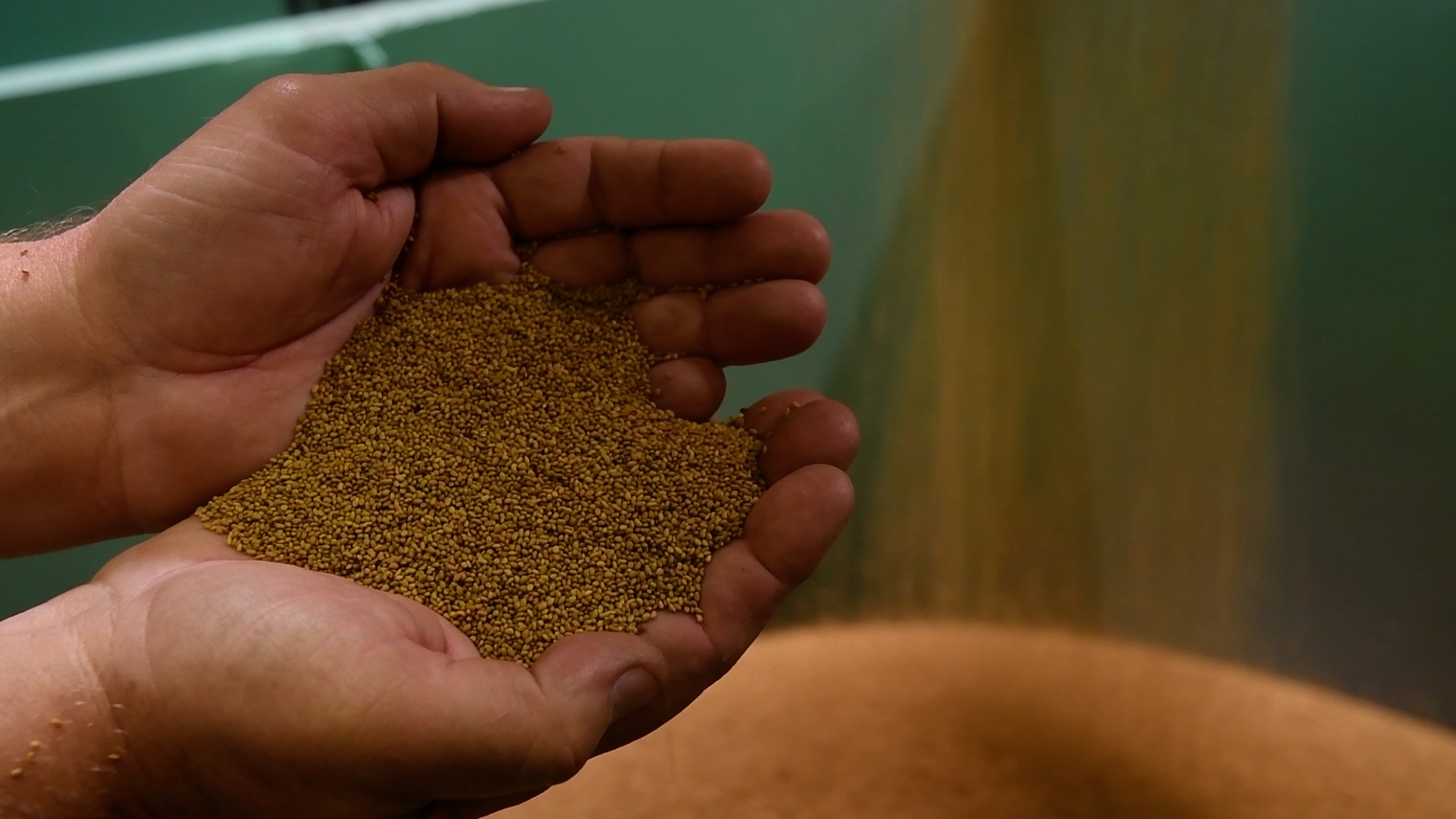
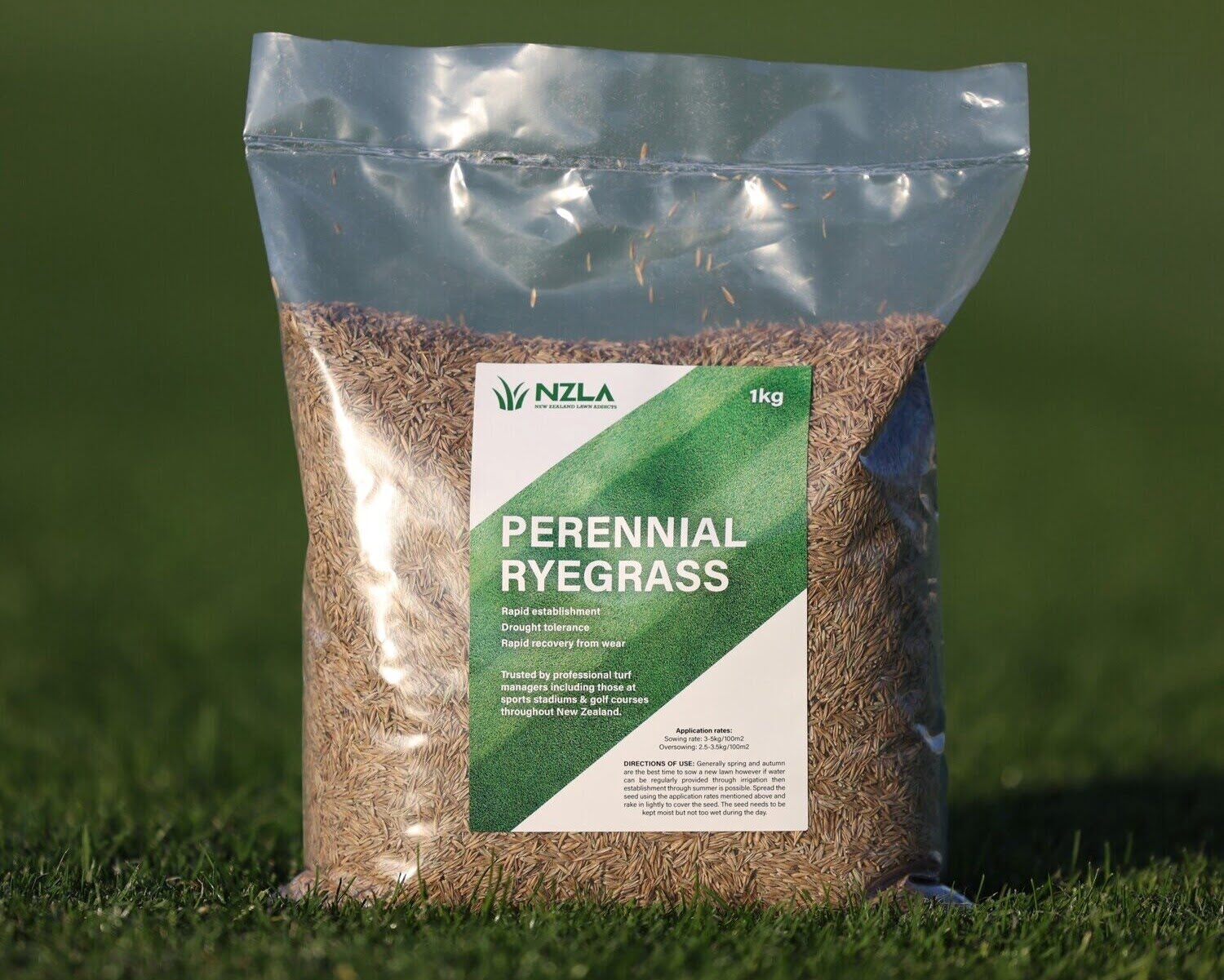
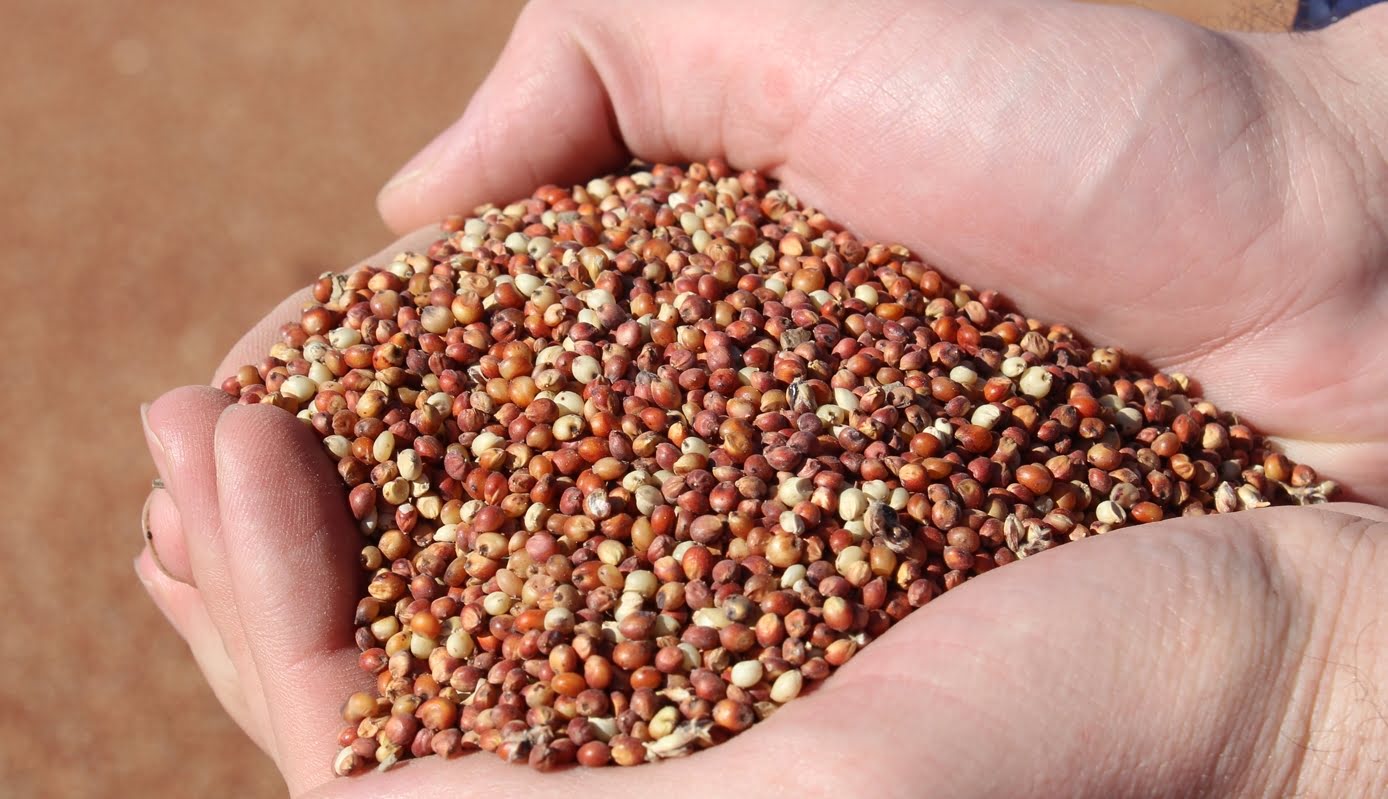
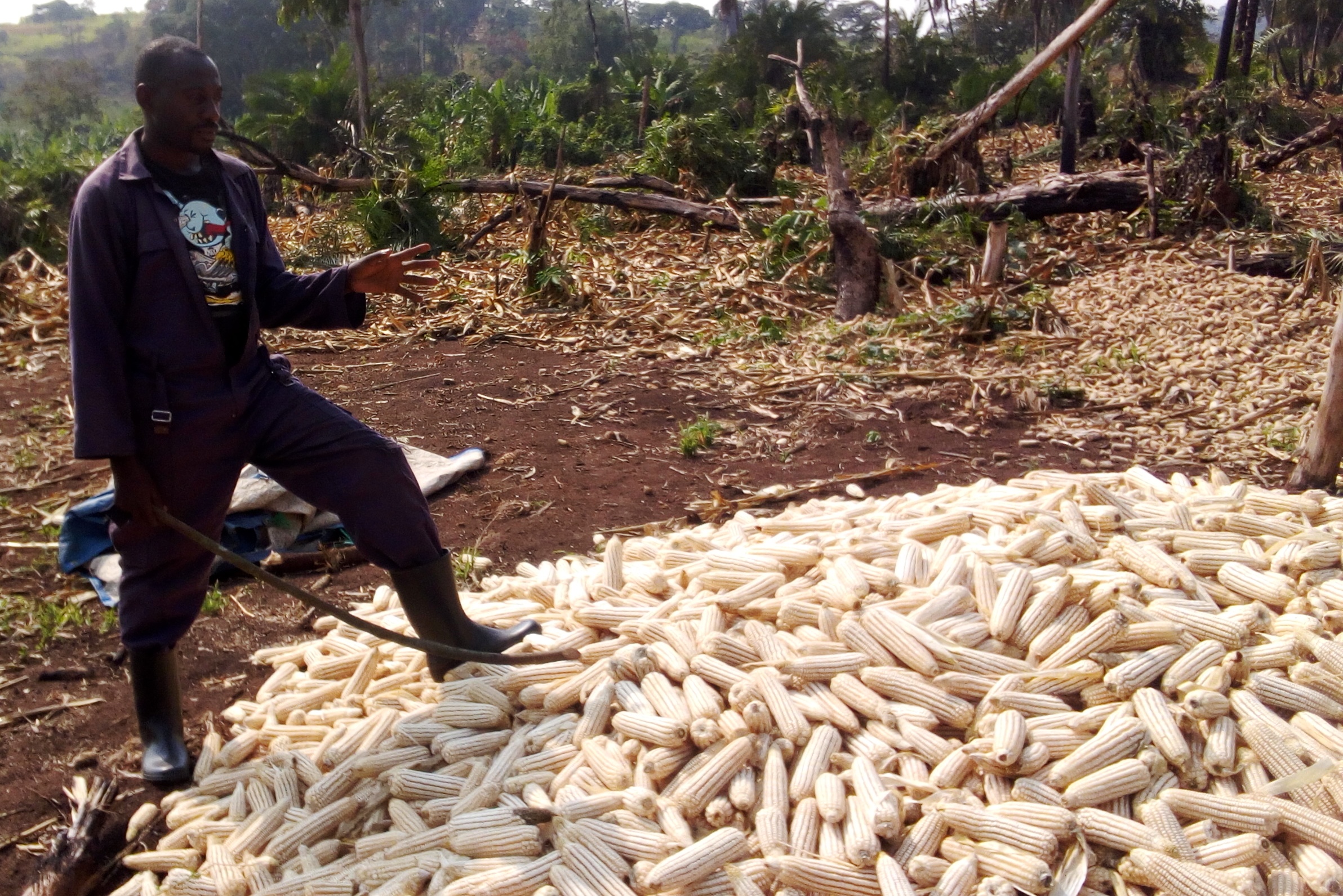
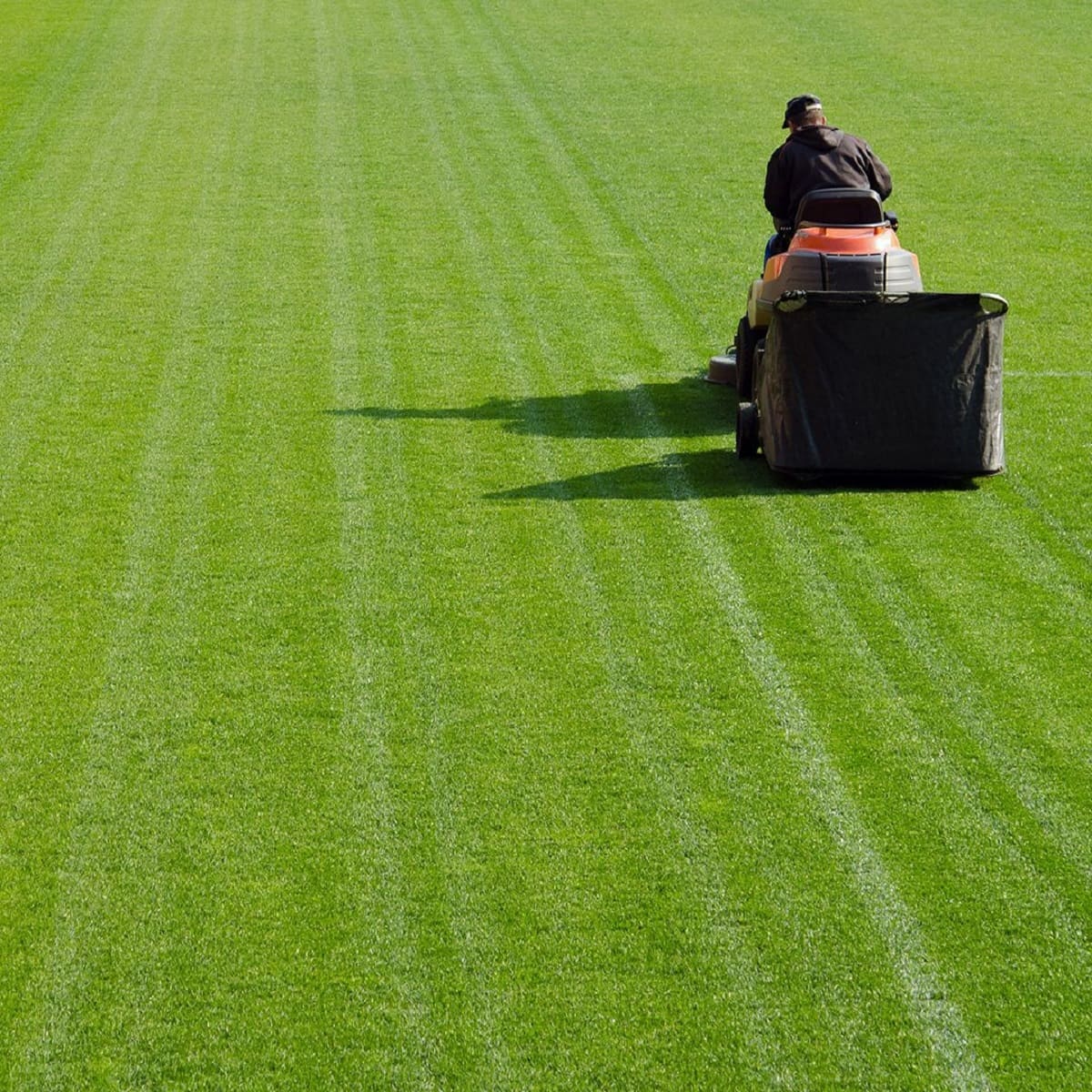
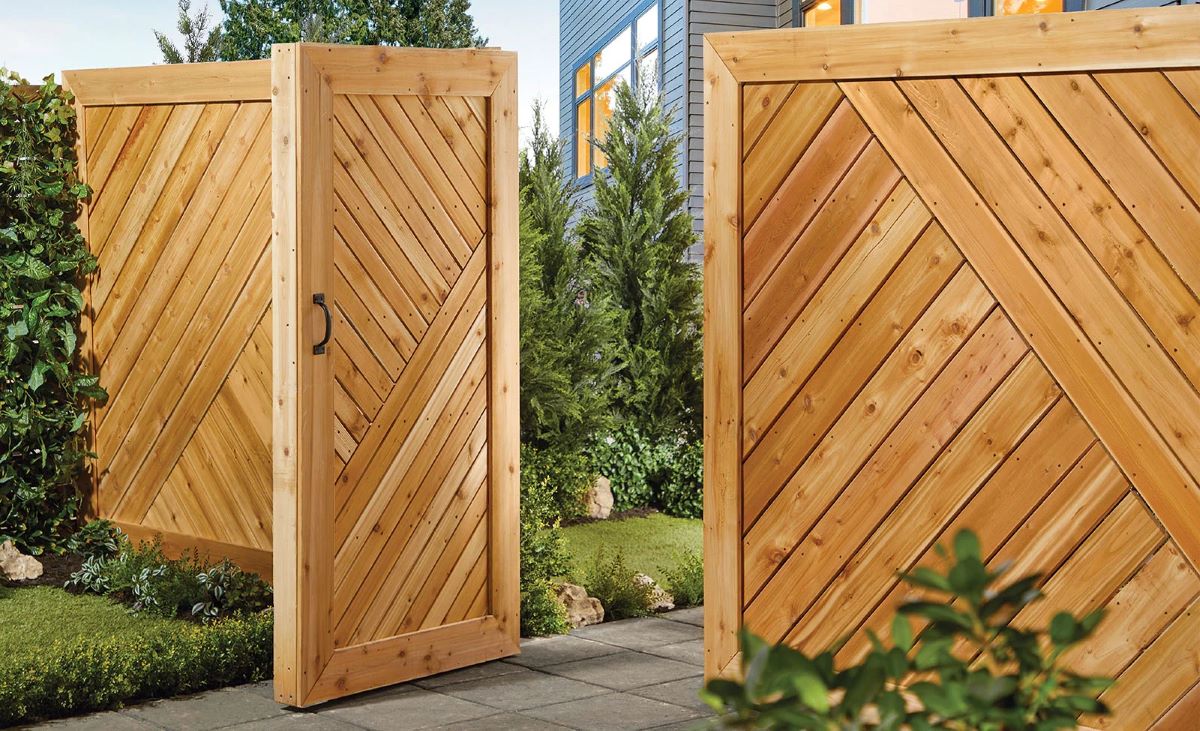
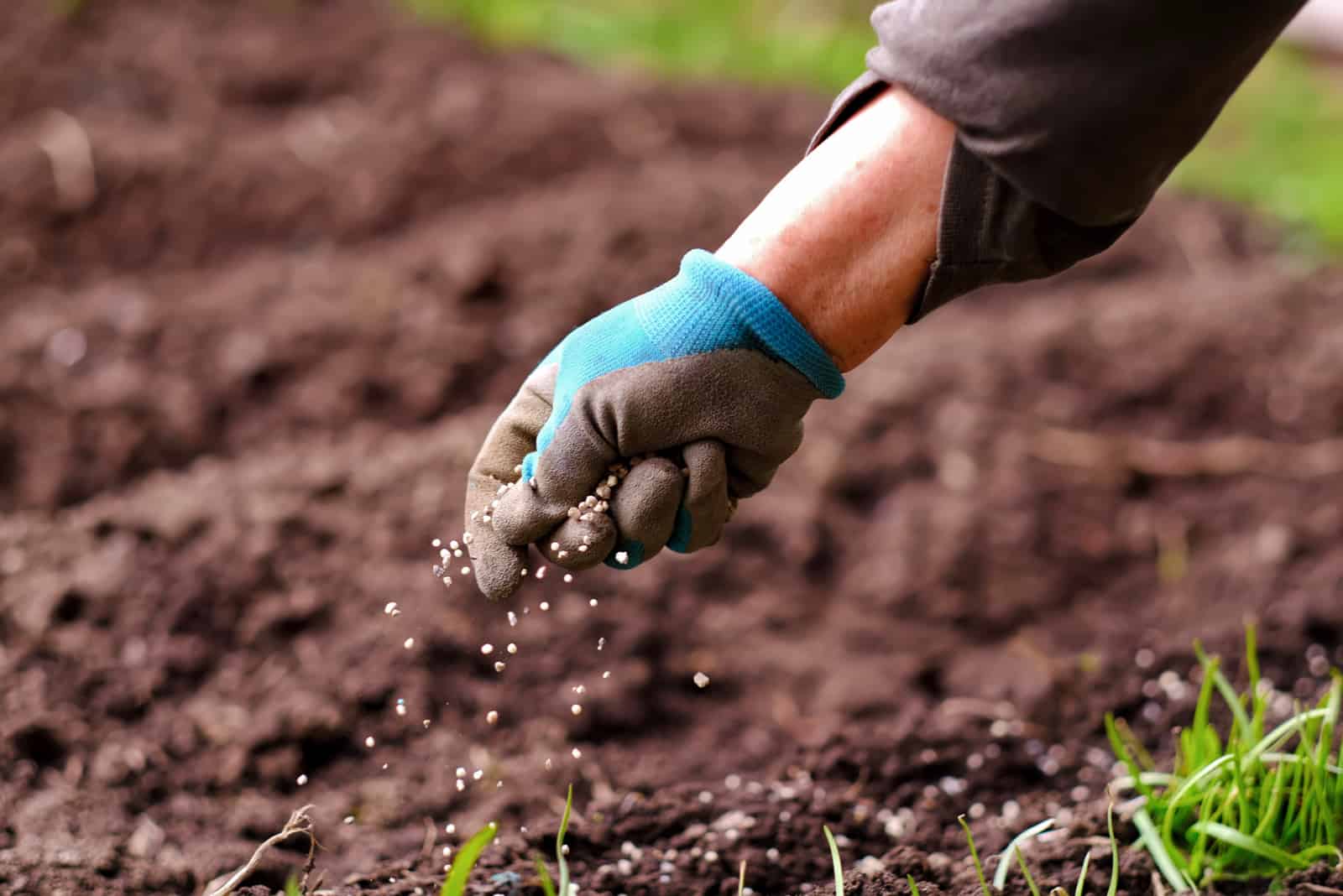
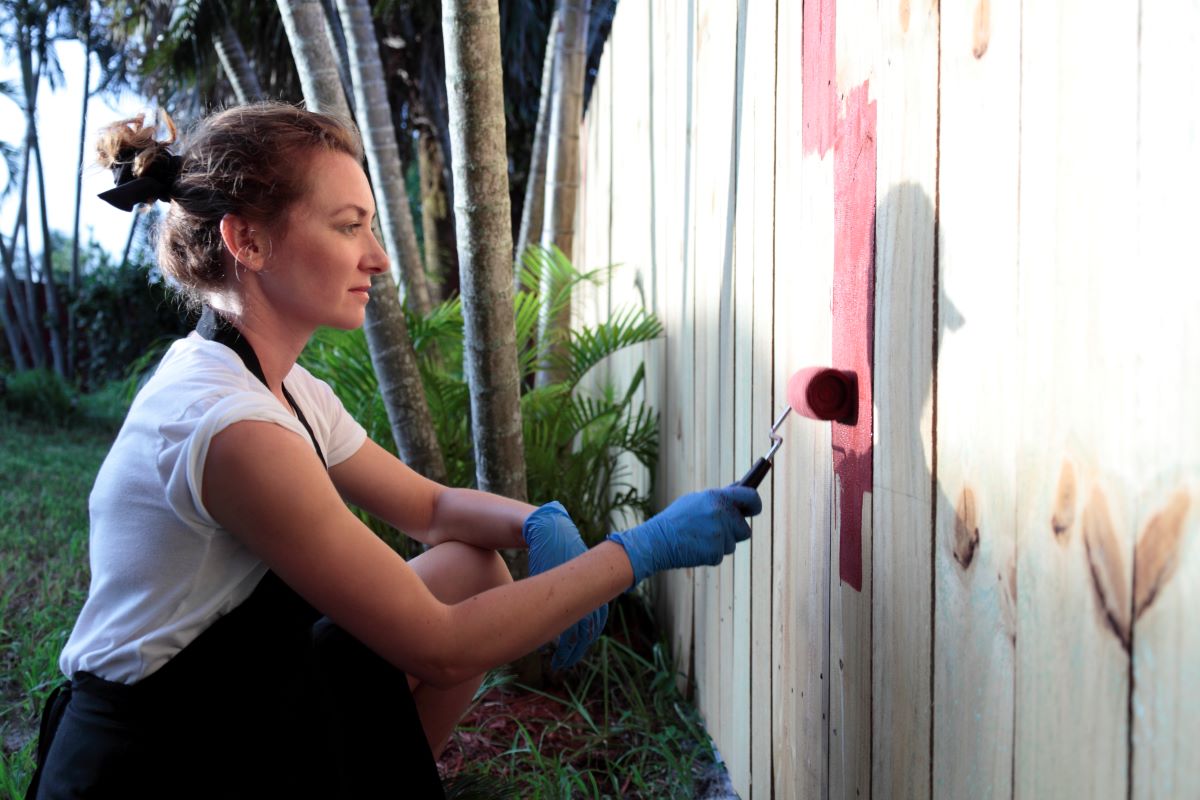
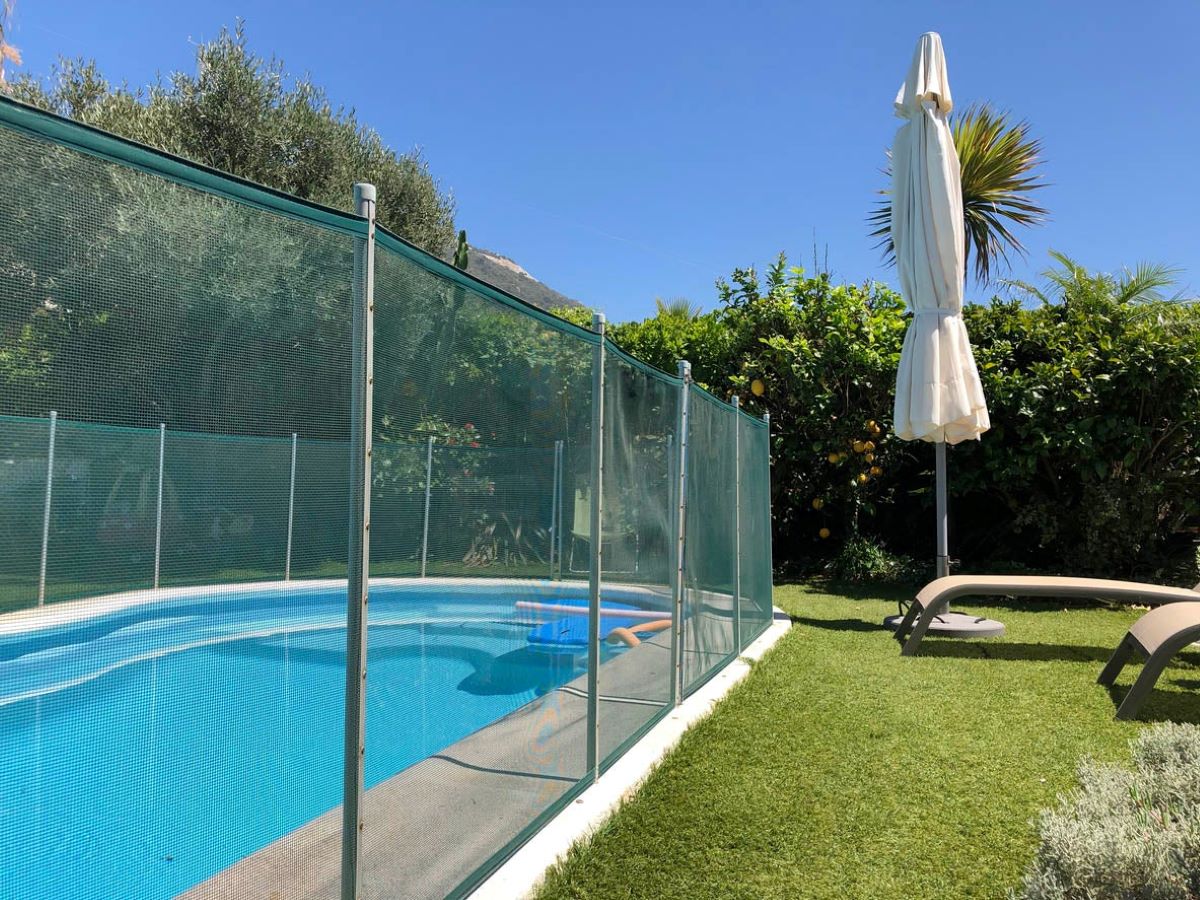
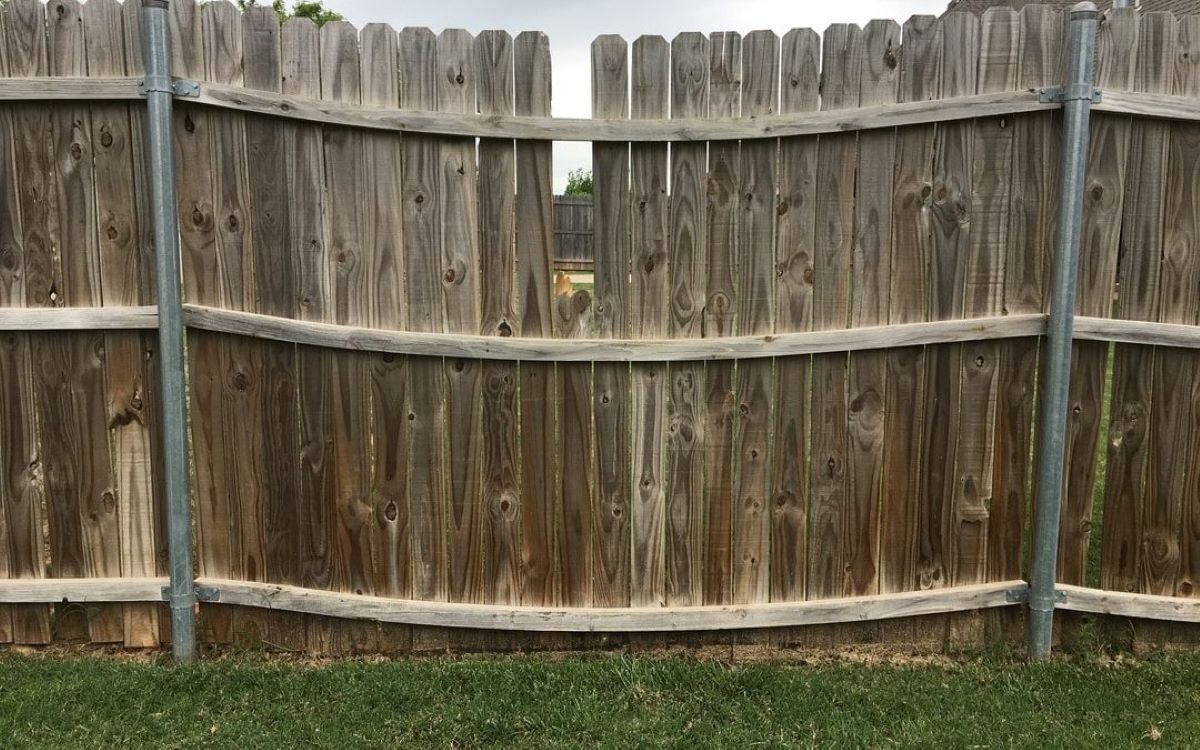
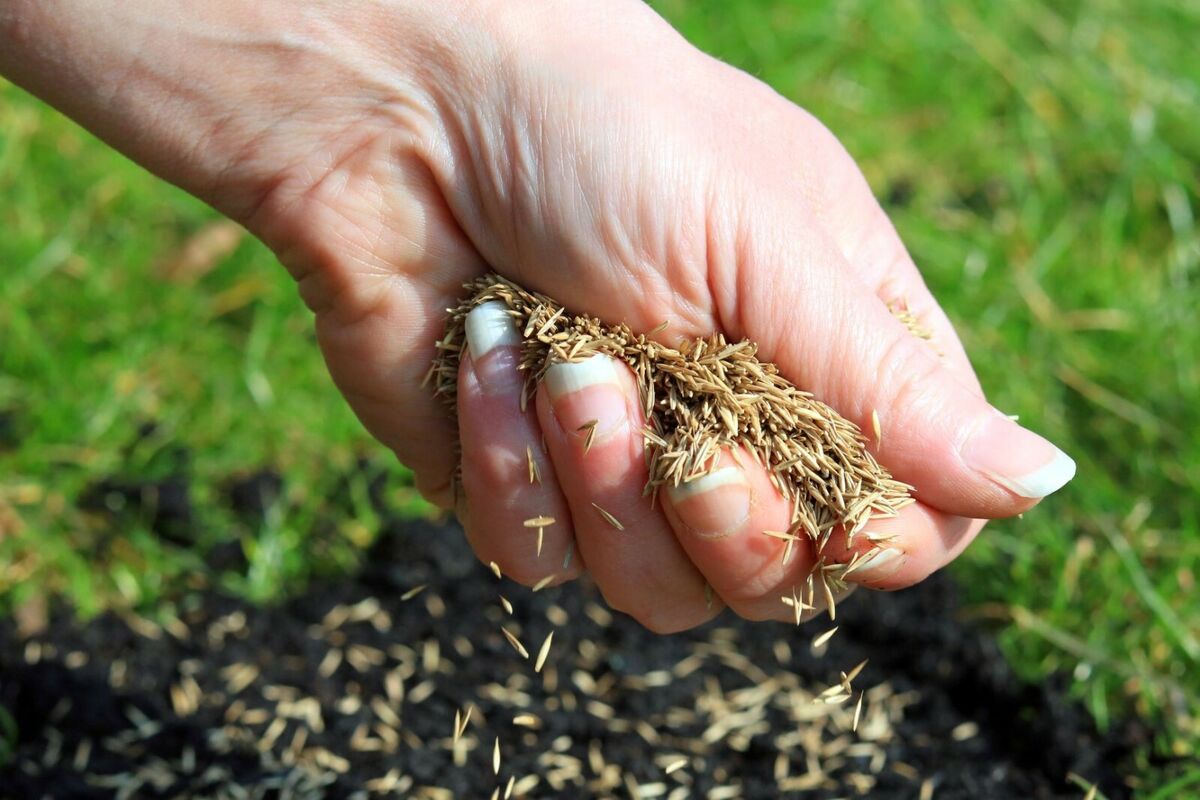
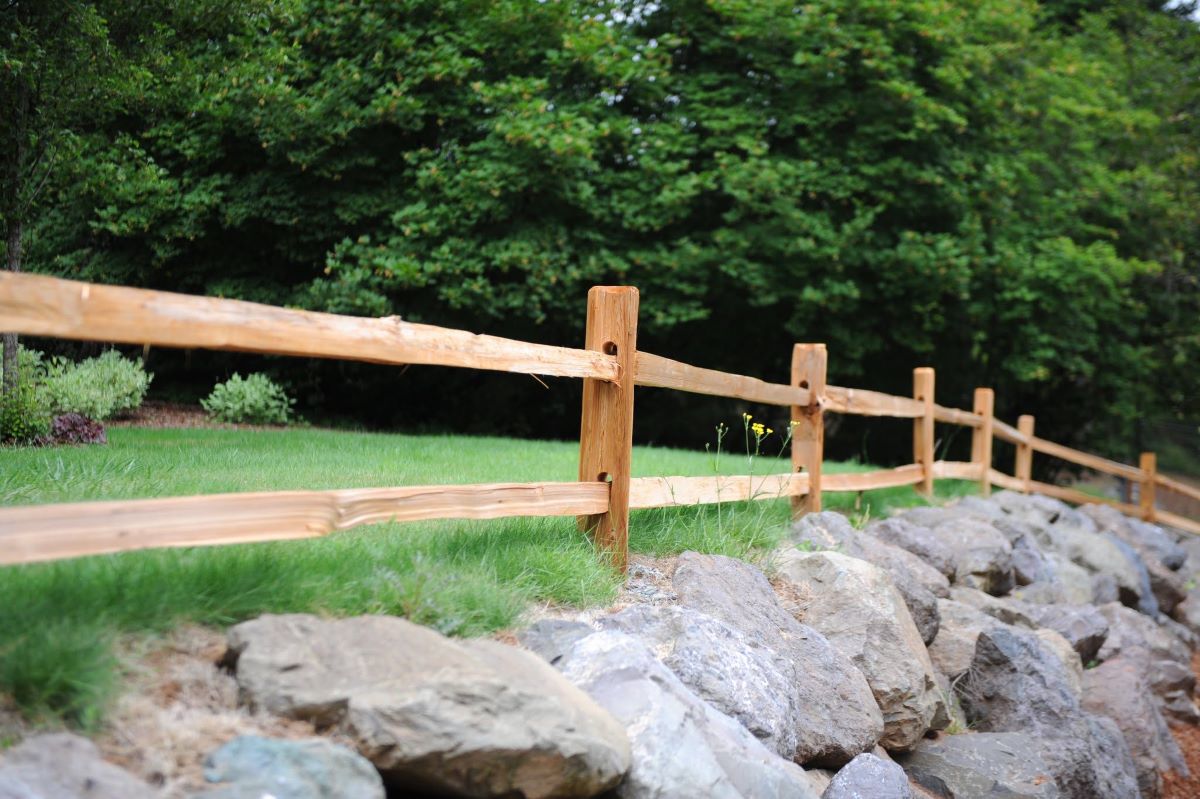

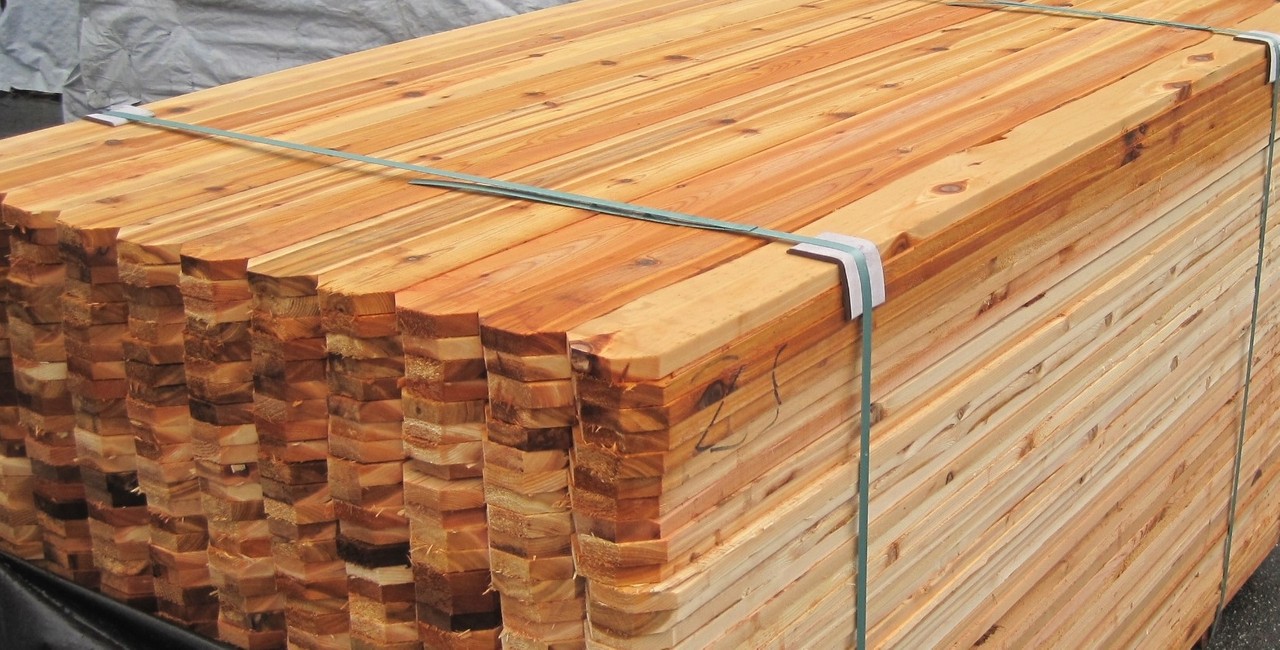

0 thoughts on “How Much Is It To Fence An Acre”